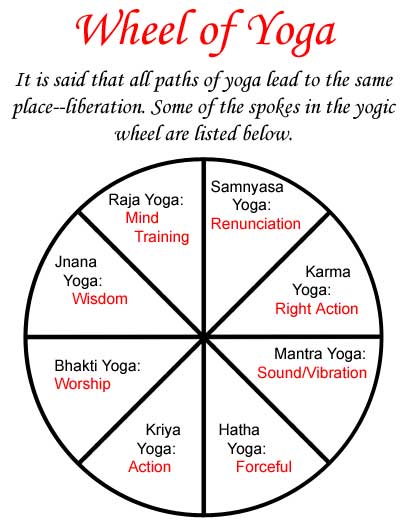Styles of Yoga |
|
|
All schools of physical yoga evolved from Hatha Yoga—they are simply variations or different interpretations. They vary from the more meditative to the more physical practices. I recommend that you find the school of yoga that best suits your needs.
Hatha Yoga (hatha means forceful or physical), which is very popular today, works with the physical and subtle body or pranic body (subtle translates into what is underlaying or interwoven; prana means life-force). Hatha Yoga is sometimes described as 'the science of vidya' (vidya means wisdom or knowledge and is the opposite to avidya [suffering]). It strives for 'non-suffering'—that is, non-conflict within the body, mind and spirit; a total balance of male and female energy within the individual.
Yoga itself is primarily 'a science of the mind'. Hatha Yoga (one of the many limbs of yoga) was created to facilitate healthy emotional and mental functioning and uses the physical to influence the psychical. It involves asana (postures), pranayama (breath control) and sadhana (spiritual practices), which work together towards the integration of all aspects of the Self.
See the yogic wheel below for some of the limbs of yoga:

See the Yoga At Home Glossary for more understanding of these Sanskrit words.
See also:


